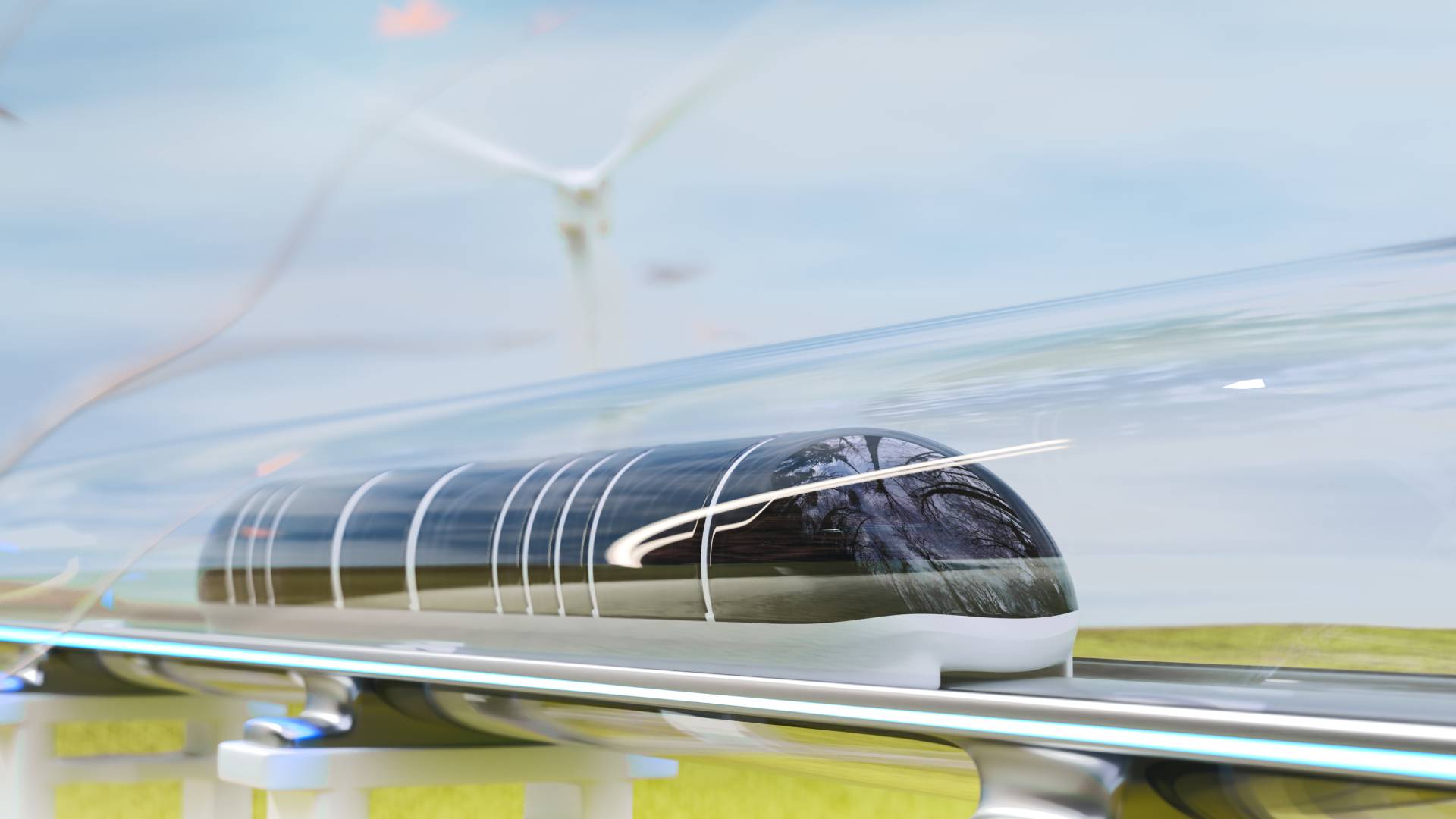A 420-meter (quarter-mile) white steel tube running alongside a railway line in the windswept northern Netherlands could usher in a new era in the transportation of people and freight.
The tube is the heart of the new European Hyperloop Center that opens Tuesday and will be a proving ground in coming years for developers of the evolving technology.
Hyperloop, once trumpeted by Elon Musk, involves capsules floating on magnetic fields zipping at speeds of around 700 kph (435 mph) through low-pressure tubes. Its advocates tout it as far more efficient than short haul flights, high-speed rail and freight trucks.
But since Musk unveiled the concept that he said could shuttle passengers the nearly 400 miles (645 kilometers) between Los Angeles and San Francisco in 30 minutes, it has progressed at a much slower pace from the drawing board toward the real world.
Not everybody is as optimistic about Hyperloop’s future.
“This is just another example of policy makers chasing a shiny object when basic investment in infrastructure is needed,” Robert Noland, distinguished professor at the Bloustein School of Planning and Public Policy at Rutgers University, said in comments emailed to The Associated Press. “It costs too much to build,” he added.
